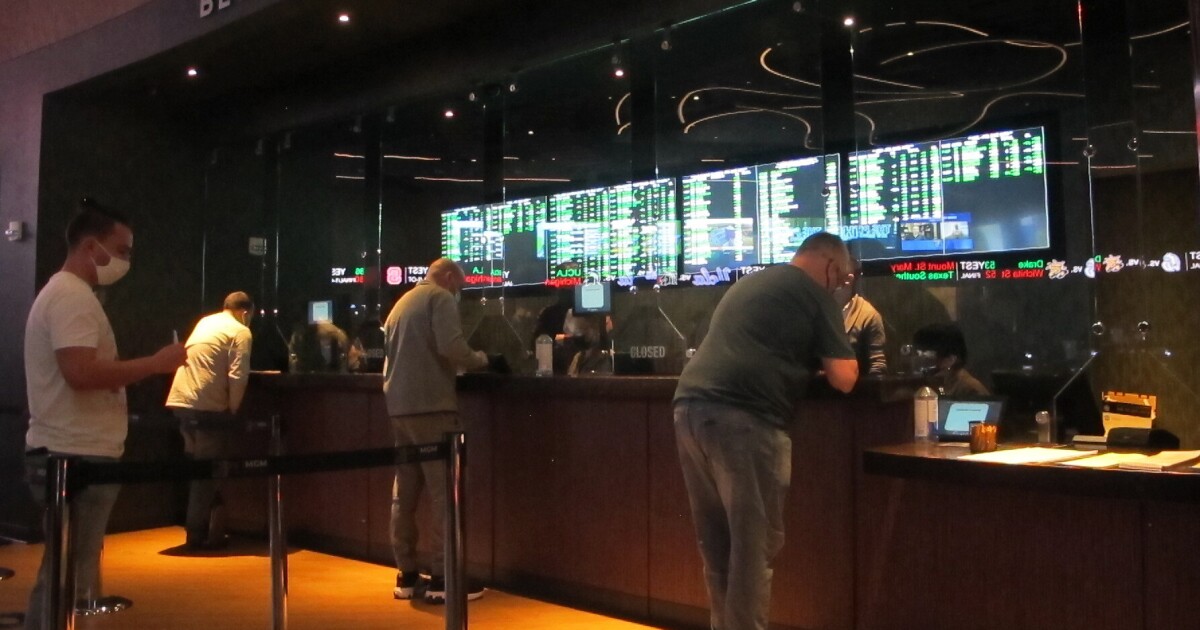Protect the High Line: Resident Opposition to the Wynn Casino Complex
As the skyline of Manhattan continues to evolve, the West Side’s High Line neighborhood stands at the center of a heated debate. The proposed development of a casino hotel by Related Companies and Wynn Resorts has ignited significant local resistance. Protect the High Line, an advocacy group committed to preserving the character of the neighborhood, claims that a considerable majority of residents oppose the casino plan, reflecting deep concerns about its implications for the community and urban environment.
Survey Findings Highlight Public Sentiment
At the heart of the opposition is a recent poll conducted by Public Policy Polling in September. The findings are striking: fewer than 25% of West Side residents support Related’s ambitious $12 billion expansion plan for the Hudson Rail Yards, the site earmarked for the proposed Wynn casino. According to Protect the High Line, the poll results indicate that a clear majority—56% of respondents—are opposed to the zoning changes required to facilitate the expansion.
The survey, which included responses from 1,300 residents in the High Line area, also revealed that 70% believe the construction of skyscrapers and a casino adjacent to the northern portion of the High Line would negatively impact surrounding communities. This data cements the notion that the local sentiment is at odds with the casino’s development.
A Breach of Trust: The 2009 Agreement
Central to the controversy is a 2009 agreement between Related Companies and the City of New York. Under this pact, Related vowed to construct between 3,454 and 5,700 housing units when developing the Western Rail Yards. However, their latest proposal, which integrates the casino, offers only 1,500 residential units. This stark difference has drawn sharp criticism from community advocates.
Protect the High Line argues that this move signifies an attempt to alter the original commitment made by Related, potentially threatening the community’s long-term housing supply and improving access to affordable living spaces. Local politicians have echoed these sentiments, arguing that the reduction in housing units does not comply with the needs of the community and could lead to obstructed views and increased congestion.
Grassroots Mobilization Against the Casino
The outcry against the Wynn casino proposal has culminated in a grassroots mobilization of concerned residents. More than 3,000 individuals have signed on to Protect the High Line’s campaign, which is gaining traction and visibility in the community. Leaders like Sally Greenspan, president of the Council of Chelsea Block Associations (CCBA), have publicly noted their opposition to the dramatic reduction in potential housing units, illustrating the broader community’s unease.
This grassroots uprising, characterized by widespread community engagement, underscores the declining support for casino developments, not only in the High Line area but across New York City. Residents are increasingly concerned about the implications of such developments on quality of life, urban integrity, and local culture.
Political Dynamics and the Road Ahead
The proposed casino has significant political implications as well. The High Line neighborhood constitutes a heavily Democratic area in one of the nation’s most progressive cities, and local politicians are largely aligned with the opposition. Recent polling suggests that Democratic voters strongly oppose the rezoning efforts for the casino, with a notable 57% against to 22% in favor.
As the community continues to mobilize against the proposed development, the timing of the 2025 mayoral election looms. Incumbent Mayor Eric Adams may face challenges from within his party, particularly from candidates who are not in favor of expanding casino operations in the city. This potential shift may complicate the landscape for Related and Wynn, as political support wanes in light of growing public dissent.
Conclusion
The future of the High Line neighborhood hangs in the balance as Protect the High Line and its supporters continue to voice their opposition to the casino hotel development. With a clear majority of residents and local leaders opposing the plan, the calls for preserving the community’s integrity resonate deeply within the fabric of this iconic New York City area.
As the situation develops, it remains to be seen whether Related Companies and Wynn Resorts will address community concerns or press forward with their contentious proposal. What is certain, however, is that the dialogue surrounding urban development, community engagement, and political accountability will continue to evolve in the streets of Manhattan. The fate of the High Line may serve as a pivotal case study for other urban neighborhoods facing similar challenges in an increasingly crowded metropolitan landscape.













